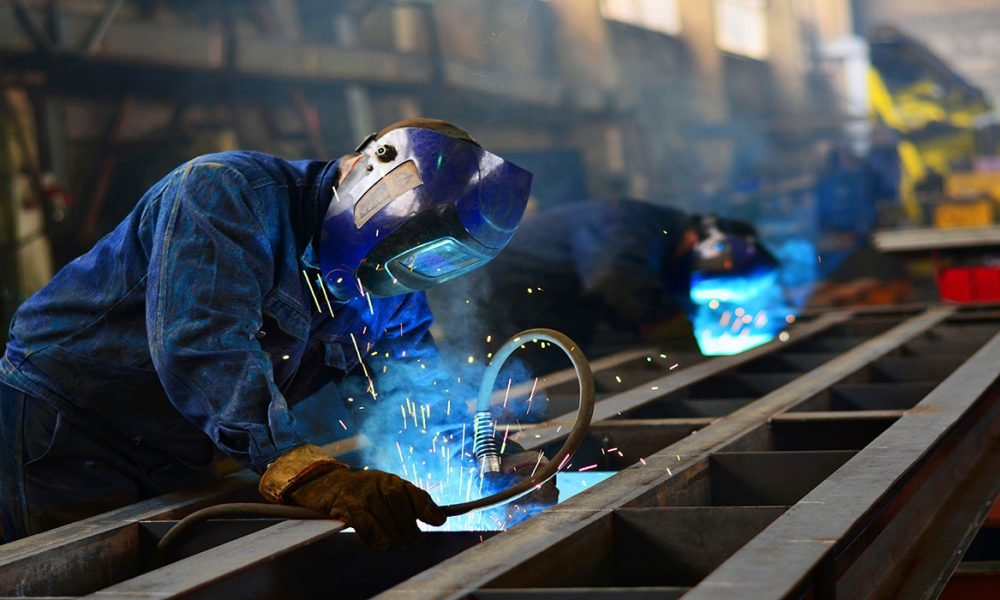
In Ten Years Your Co-Worker Could be a Robot, Experts claim

To understand the threat that robots pose to job security, one has to have a good understanding of automation. Essentially, automation refers to the creation of technology and its application in order to ensure there is control and monitors are in place during the process of fast production and delivery of goods and services.
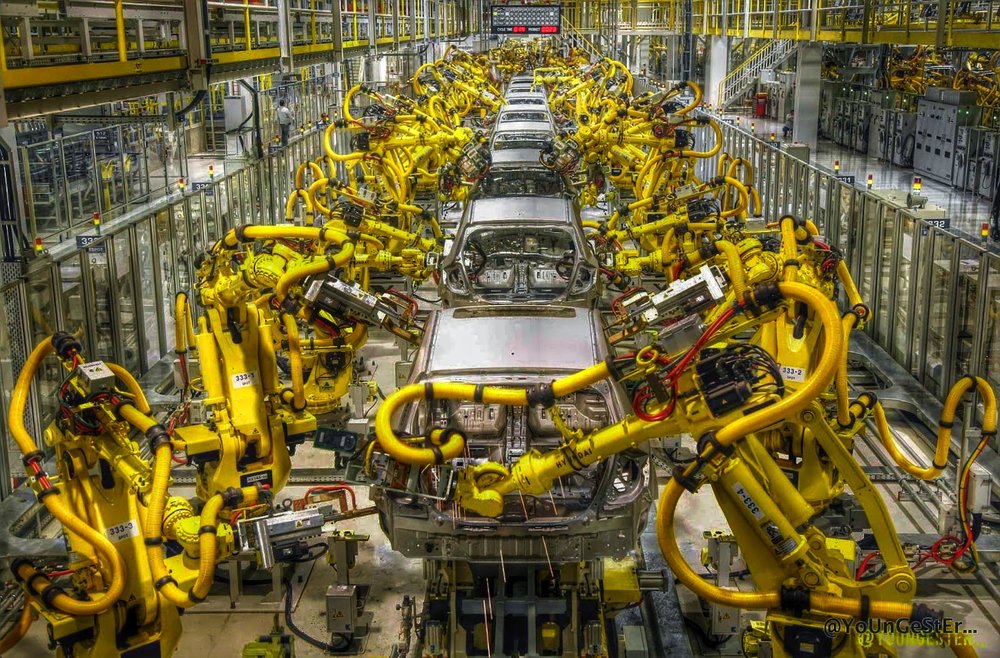
About 40% of people in the US are likely to lose their jobs to robots in the next 15 years according to PwC
Industrial jobs are perhaps best served by automation. However, that’s how it all starts, that is, if George Orwell’s dystopian novel 1984 is anything to go by. Soon enough, once we get to have all the necessary technology in place for artificial intelligence (AI) to thrive, robots may soon become our co-workers.
As unbelievable as it sounds, all this is quite plausible. The limits of AI have long been touted as unknown and even when fears about the possible rise of a new species of robots come up, they are often shut down by jeers.
To truly understand how the math is likely to pan out, we need to look no further than ourselves. Human evolution has grown in leaps and bounds up to the present situation that we are. As complex as our minds are (or at least we think they are!), the emergence of robots in the scene could completely change the way operations are being carried out.
Experts’ Take
World over, experts have been making a meal out of the whole automation thing. However, it is quite important to note that most of what has been asserted contains some level of truth in them.
Humanoid service jobs, autonomous programmed logistics; machine-learning algorithms could in the near future replace millions of people out of the jobs. What will this mean for the world stage? A lot.
For one, automation presents a unique opportunity for enhanced production and the dispensation of services quicker and much more reliably than humans’ performance. Once automation really takes root, we are likely to experience a bumper of 10-15 years of the world economy. Food reserves will be better stocked, water amenities will become better distributed and the overall GDP of countries around the world will greatly benefit.
An Ideal World
Of course, all of the aforementioned is set in a world where nothing can go wrong. What the analogy fails to take into account is the fact that in that time, the population will become older and income inequalities are likely to rise.
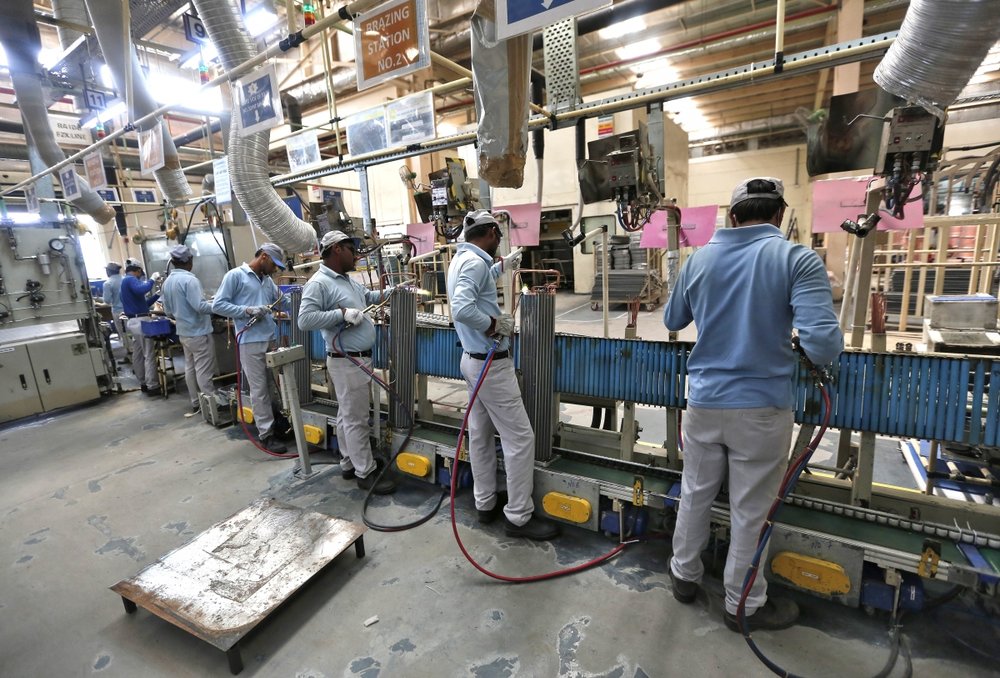
The manufacturing industry accounts for roughly 12% of the U.S.’s Gross Domestic Product (GDP)
Once the entire ideal word situation goes out through the window, it will be time to face the facts. An aging population is likely to lead to a slowdown in the development of a large labor force. In effect, this will lead to a scarcity of job opportunities in industries all over.
The shortage in the human workforce will likely lead to companies turning to automation to plug in the gap. Consequentially, automation will become more enhanced than ever before. This will see an uptake in automation by industries that haven’t been lately considered by many as ‘automation fitting’.
The service industry can greatly benefit from enhanced automation even at present in our world. Heavy automation can, however, play a negative role in the development of economies. Perhaps this can help explain the fact that most companies in the service industry as still dependent on the touch of human charm in their dealings. However, with time, the technology will become developed and the tables will turn.
The Big Picture
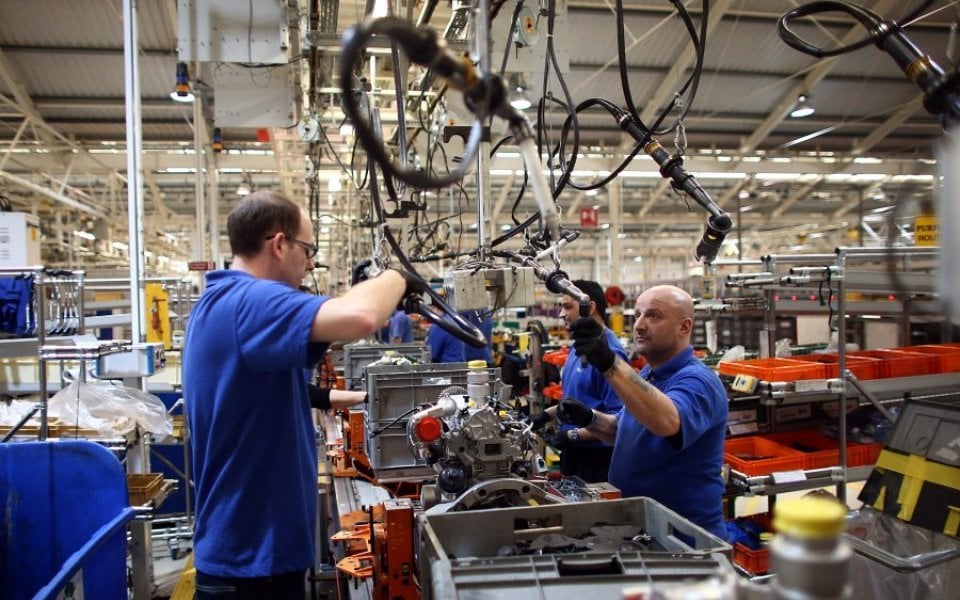
The Bureau of Labor and Statistics estimates that The Manufacturing Industry employs roughly 12,317,000 Americans
Workers who lose jobs to automation will be forced to spend less due to the lack of monetary power. This would mean a dip in demand for products that would have previously shipped like hotcakes. For all their benefits, robots are simply just that. Putting capital in the hands of humans creates the demand for products companies supply. It’s business 101.
There’s still reason to be optimistic about the future though. Companies worldwide need to be quite aware of the benefits and possible dangers of automation around the workplace. The best approach would perhaps be the mingling of robots and humans at the workplace. This will not only improve efficiency, but it will also make the economy remain as self-sustaining as it is now, if not better.
More in Career
-
Ashton Kutcher’s Lucrative Business Ventures
Ashton Kutcher, a name that resonates with the silver screen’s allure, has emerged as a master of diverse talents, not confined...
December 8, 2023 -
Why American Consumers Are Falling Behind on COVID-Era Debt
When the world was grappling with the health crisis brought on by COVID-19, the U.S. economy faced an equally formidable challenge:...
November 27, 2023 -
Dr Dre and Ex-Wife Nicole Young Finalise $100m Divorce Settlement
After months of legal proceedings, Dr Dre, the legendary rapper, producer, and businessman, officially brought his tumultuous divorce from ex-wife Nicole...
November 22, 2023 -
5 Tell-Tale Signs That It Is Time to Say Goodbye to Your Current Job
Are you feeling like your job is more like a ball and chain than a fulfilling career? The daily grind, the...
November 19, 2023 -
WWE Signs $1.4 Billion Broadcasting Contract for SmackDown
In an explosive turn of events, World Wrestling Entertainment (WWE) has just unleashed some earth-shattering news for its legions of fans....
November 9, 2023 -
Navigating the Mortgage Maze as Interest Rates Take a Historic Leap
The U.S. housing market is nothing short of a dynamic entity. It evolves, reacts, and sometimes, just like the current real-estate...
November 3, 2023 -
Celebrity Couples Where the Woman Has a Higher Net Worth
In a world where gender roles and financial dynamics constantly shift, it’s not unusual to find celebrity couples where the woman...
October 27, 2023 -
Why the Gender Pay Gap Could Be Worsening
Picture this: Two college students, Alex and Charlie. Both are bright, have the same interests, and are ready to embrace the...
October 19, 2023 -
JC Penney’s Remarkable $1 Billion Revival Plan
In a remarkable turnaround, JC Penney unveiled a bold $1 billion revival plan, breathing new life into a brand that faced...
October 12, 2023














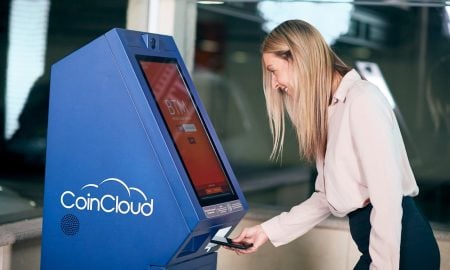
You must be logged in to post a comment Login